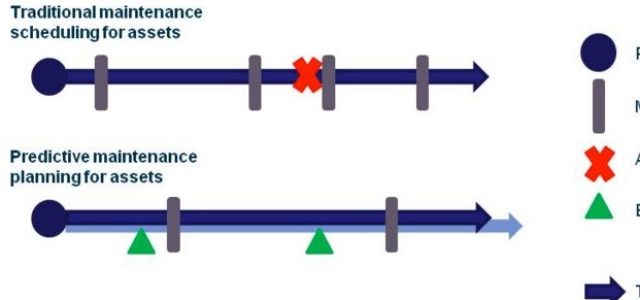The vast majority of organizational change efforts fail. Estimates vary, but failure rates range from 60 to 80 per cent and don’t seem to improve over time.
And when it comes to digital transformations, recent research suggests that a paltry 5 per cent meet or exceed expectations. In fact, digital transformations fail so frequently that we’ve met many executives who are hostile to the very term “digital,” or who have made any phrases containing “transformation” verboten because of the word’s perceived connotations of hype, frustration, and fiasco.
On some level, reservations about the word “transformation” stem from a discomfort with change and the turbulence it causes. There’s a good reason. The truth is that, despite our labours as managers, as with the universe itself, the level of disorder within organizations never decreases (in physics, this is known as the second law of thermodynamics).
The natural state of companies as they grow and mature is always towards more disorder. The word people use to take the measure of disorder in any system is “entropy.” This word derives from the English prefix en-, meaning “internal,” and the Greek word τροπή, pronounced “tropē,” which has an interesting etymology. It means “transformation.”
One of the main reasons for this transformation failure rate is that many company leaders don’t understand the problem they face. This misunderstanding flows from three organizational characteristics that, together, stack the odds against digital transformation success when traditional change methods are used:
- Scale. Companies are awash in huge volumes of “things that need to be managed”: tasks, budgets, planning cycles, organizational changes. In addition to the number of things to be managed, there are also many different things that must be managed: processes, data, systems, assets, structures, and people. Companies face an acute case of information overload as well. The data is not merely “big” in volume, but also high in variety.
- Interdependence. The things that need to be managed are interrelated, and the effects from any one action are felt throughout the organization in ways that aren’t easy to predict.
- Dynamism. The things that need to be managed, and the environments (market, regulatory, etc.) in which they operate, are constantly evolving. The need to do things differently is a constant competitive reality. Simply put: things change a lot.
Because these characteristics go hand in hand and reinforce each other, we refer to them as the organization’s level of entanglement.
In Digital Vortex, we coined the phrase “encumbered incumbents” to describe the challenge large and midsized companies face in adapt- ing to disruptive competition. We noted that they are “saddled with cost structures and value chains tuned to the competitive dynamics of an earlier era.” These structures and value chains encumber companies’ efforts to compete. Entangled incumbents are weighed down in their efforts to transform.
Our interactions with companies worldwide tell us that a new approach to digital business transformation is needed—one that acknowledges this entanglement.
Article by channel:
Everything you need to know about Digital Transformation
The best articles, news and events direct to your inbox
Read more articles tagged: Change & Transformation, Featured







